On the morning of July 31, General Secretary To Lam chaired a meeting with representatives of Vietnamese Heroic Mothers, veteran revolutionary cadres, pre-uprising cadres, generals, and Heroes of the People's Armed Forces on the occasion of the 78th anniversary of War Invalids and Martyrs Day, the 80th anniversary of the successful August Revolution, and National Day, September 2.
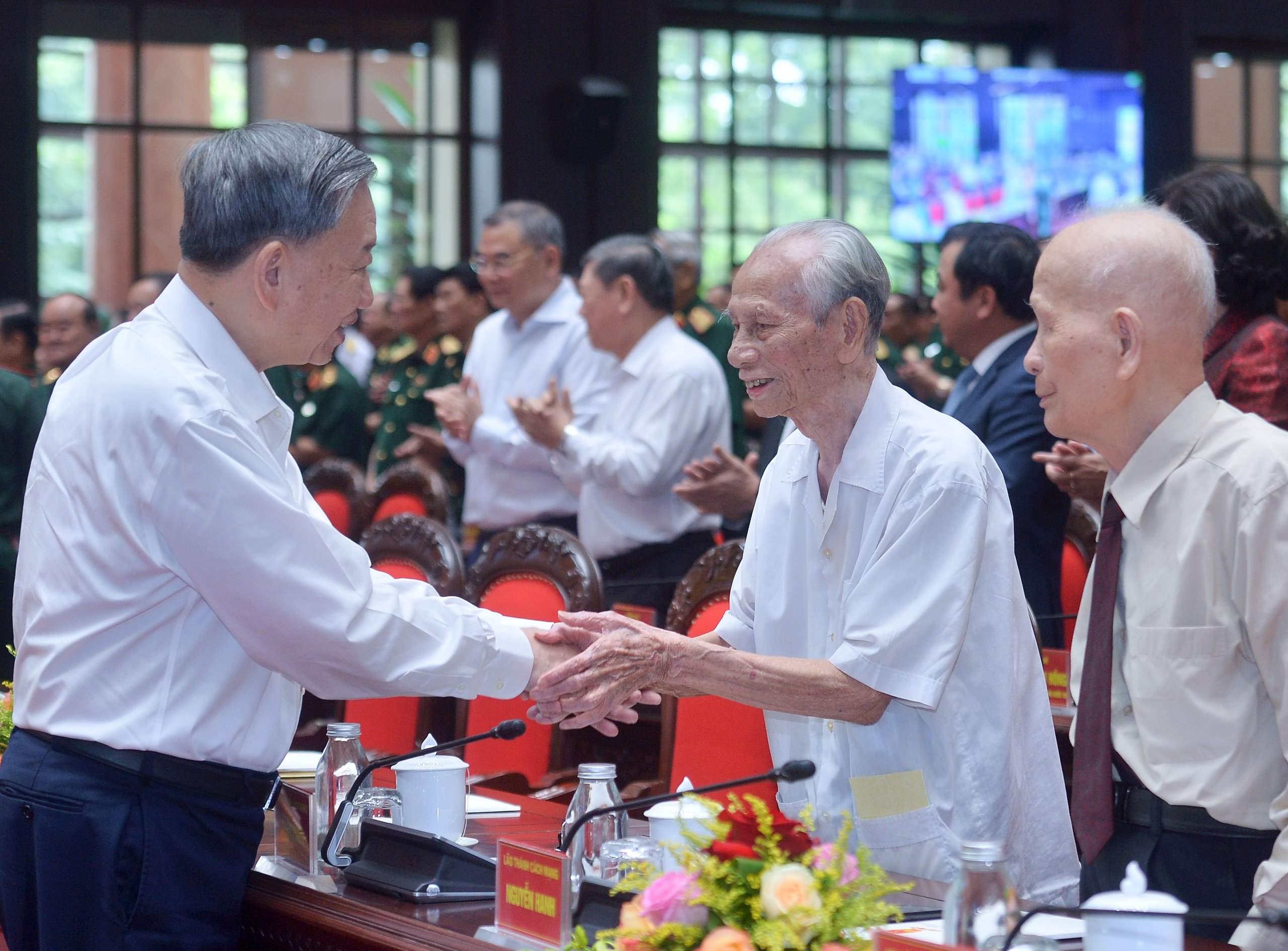
General Secretary To Lam visits people with revolutionary contributions
PHOTO: DINH HUY
4 times wounded while defending the Plain of Jars - Xieng Khouang
Here, General Secretary To Lam and delegates listened to the touching stories of soldiers during the fiery years on the battlefield. They and their comrades wrote history with their youth and blood.

Lieutenant General Nguyen Tien Long
PHOTO: DINH HUY
Looking back, Lieutenant General Nguyen Tien Long, former Deputy Political Commander of Military Region 3, said he enlisted at the age of 21 (in 1964) in Regiment 148, Northwestern Military Region. After 8 months of training, he and his unit, Battalion 51, went to Laos to participate in Campaign 74B.
Half a year later, the mission was completed, Lieutenant General Nguyen Tien Long's 51st Battalion was assigned to stay with the friendly country to protect the Plain of Jars - Xieng Khouang. This is a special plateau with special terrain, about 50 km wide, surrounded by mountains over 2,000 m high. In the middle of the Plain of Jars is Phu Cut Mountain, consisting of 3 peaks, about 1,700 m high, which is our place of determination to die and defend.
"For 4 consecutive years, there were fierce battles here. I was with my unit 6 times to defend Phu Cut mountain top. Of those, 2 times I was wounded at Phu Cut peak and 2 times at the bottom of the mountain," Lieutenant General Nguyen Tien Long said, adding that during those 4 years, American bombs lowered Phu Cut mountain top by 7 meters.
After completing his defense mission in the Plain of Jars in 1973, Lieutenant General Nguyen Tien Long returned to the country to continue his studies and served in units mainly in Military Region 3 until his retirement in 2005.
Since his retirement, he has always remembered his years of fighting in Laos, and joined the Vietnam - Laos Friendship Association since 2010. Over the past 15 years, he has been one of millions of historical witnesses who have nurtured the long-standing and strong traditions between the two countries.
Mr. Long said that the Vietnamese and Lao peoples were "born" to share a border with each other. "The two countries have a border of more than 2,300 km, but for thousands of years they have always been peaceful and have many extremely touching stories," Lieutenant General Nguyen Tien Long emphasized.
"Remember to bring me to the cemetery and hold a memorial service for me."
Present at the meeting, Colonel, Hero of the People's Armed Forces Huynh Tri, former Political Commissar of the Military Command of An Giang province, said he had asked to retire 10 years early to search for the remains of his comrades because of a promise he made on the battlefield.
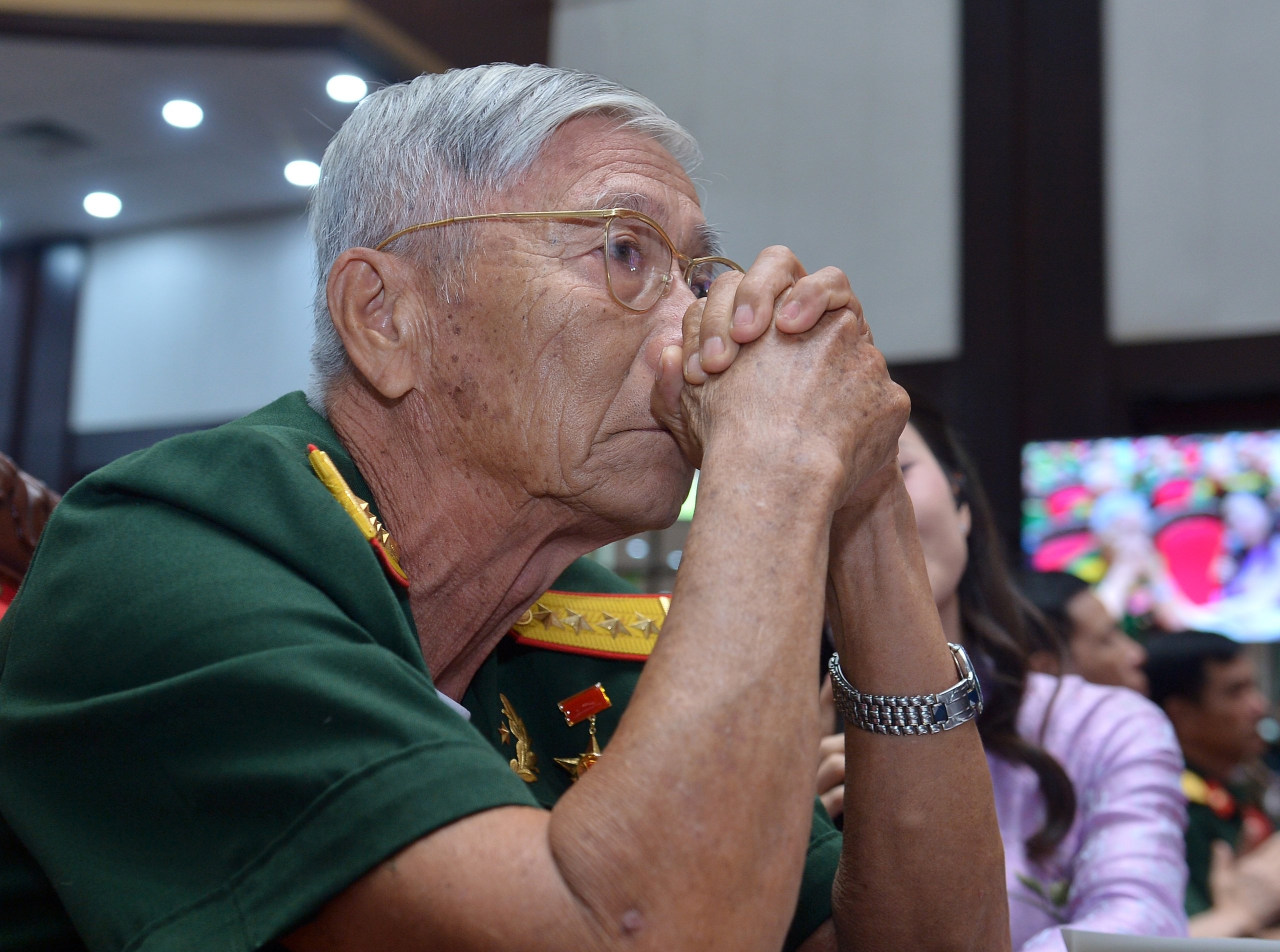
Colonel Huynh Tri was moved.
PHOTO: DINH HUY
"I am still alive and I think I am a million times happier than my teammates. The love between comrades and teammates has urged me and I decided to retire early to find my teammates," Colonel Tri recalled.
Since then, 20 years have passed and he has found 2,754 martyrs’ remains. Each martyr returning to his homeland is a touching story, deeply imbued with comradeship. In particular, the story of the journey to find the remains of martyr Tran Van Nghiep is something he will never forget.
"Nghiep is younger than me, and often calls me "brother-in-law". One day on a business trip, Nghiep whispered in my ear: "Brother-in-law, unfortunately I died in battle. When peace comes, remember to bring me back to the cemetery and hold a memorial service for me. Remember to grill snakehead fish", Colonel Tri burst into tears.
On January 2, 1971, soldier Tran Van Nghiep sacrificed his life and was buried in a mountain range in An Giang. In 2001, Colonel Tri went to the place to look for his comrade. When he arrived, the locals reported that a team had already brought the remains from that area to the cemetery.
"I thought it would be better if we could dig it up, but who knows if there are any other comrades there or if comrade Nghiep is still lying there, so I decided to dig a second time. After digging for two days, we discovered a set of remains," said Mr. Tri.
Bringing the remains to the ground, Mr. Tri saw that it looked like the uniform that comrade Nghiep often wore when he was alive, but he was not sure. Then, Mr. Tri remembered that in 1969, soldier Nghiep lost his lower jaw, so he continued to look..., and confirmed that it was his comrade.
"I cried for a while before I could stop. I remember, Nghiep had 3 brothers, all 3 of whom were sacrificed. Looking at the remains of my comrade, I said: "Nghiep, so you've been waiting for me until now, Nghiep...", Mr. Tri was moved.
Since the day he brought the remains of martyr Nghiep to the cemetery, Mr. Tri has always followed his comrades' instructions before he died. Every year, he holds a memorial service for martyr Nghiep on July 27.
Source: https://thanhnien.vn/hoa-binh-anh-nho-dem-em-ve-nghi-trang-lam-gio-cho-em-nho-nuong-ca-loc-18525073117233596.htm


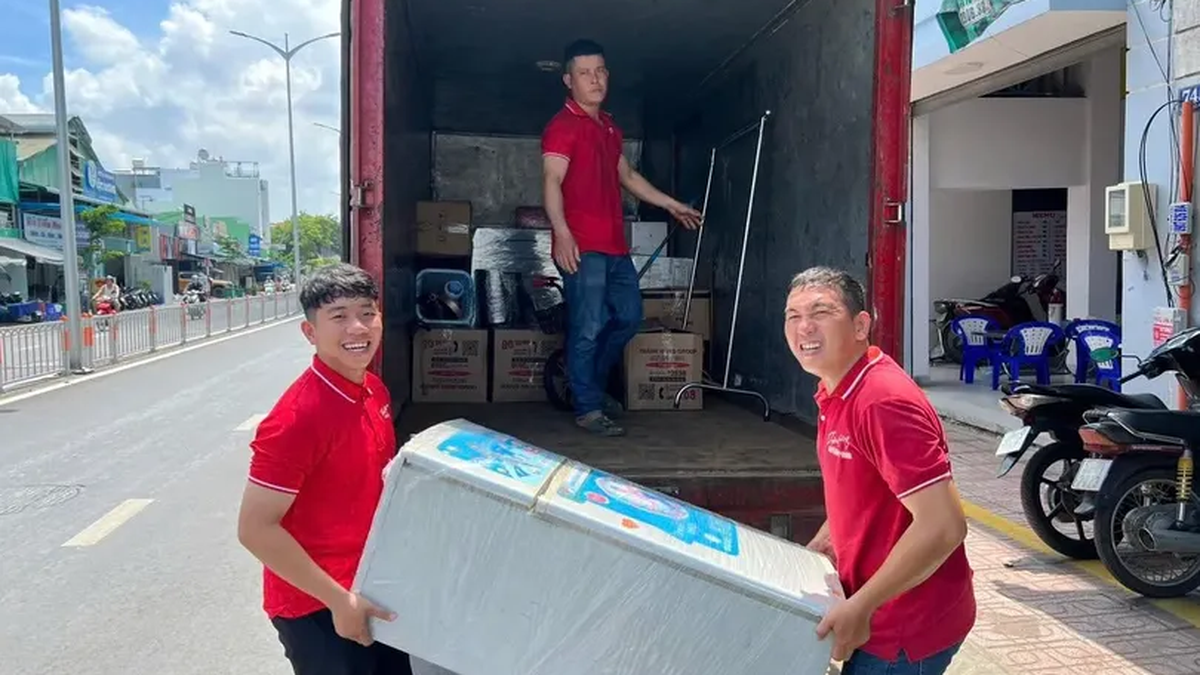

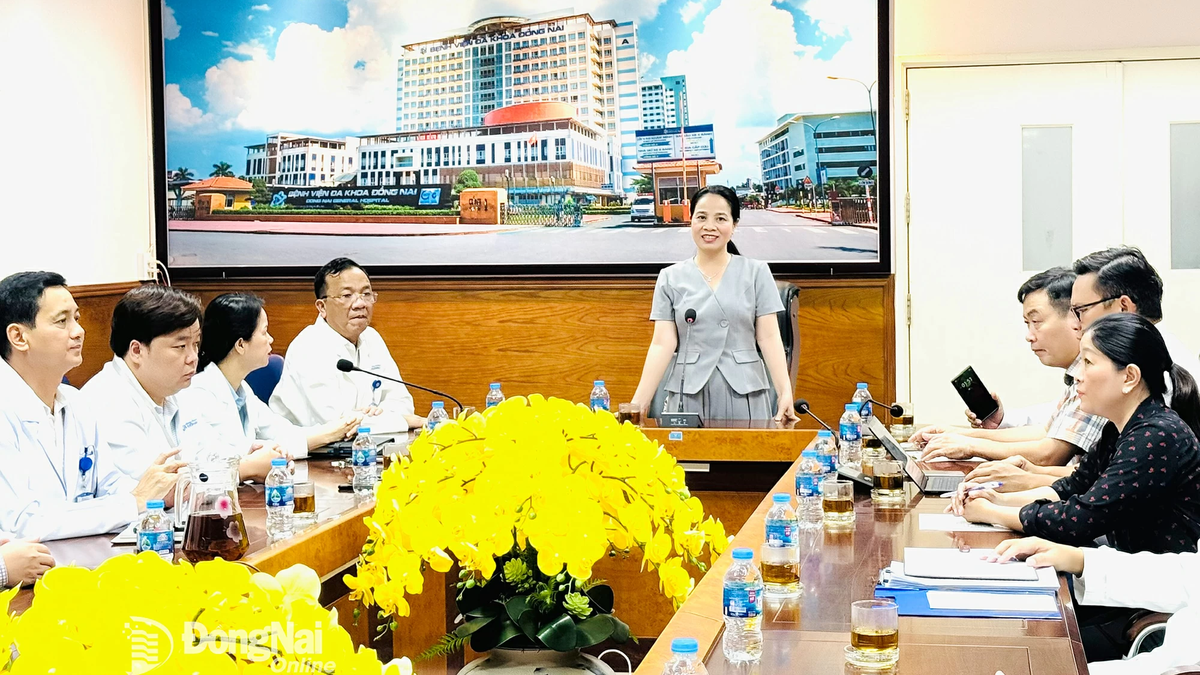


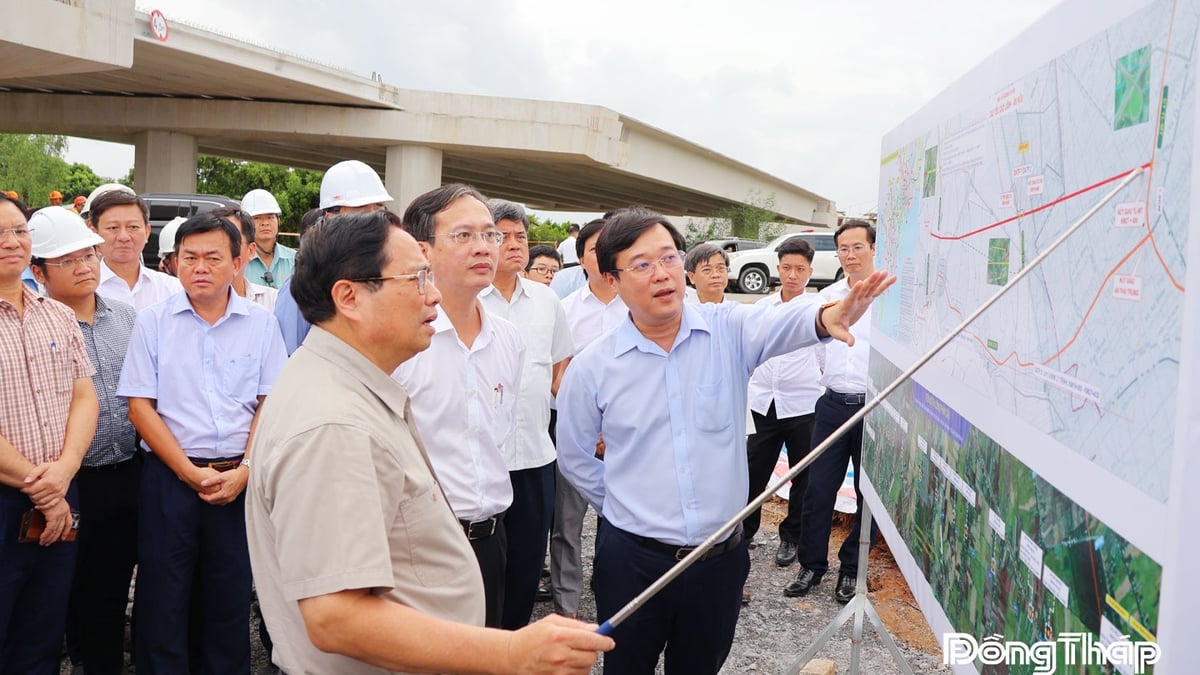
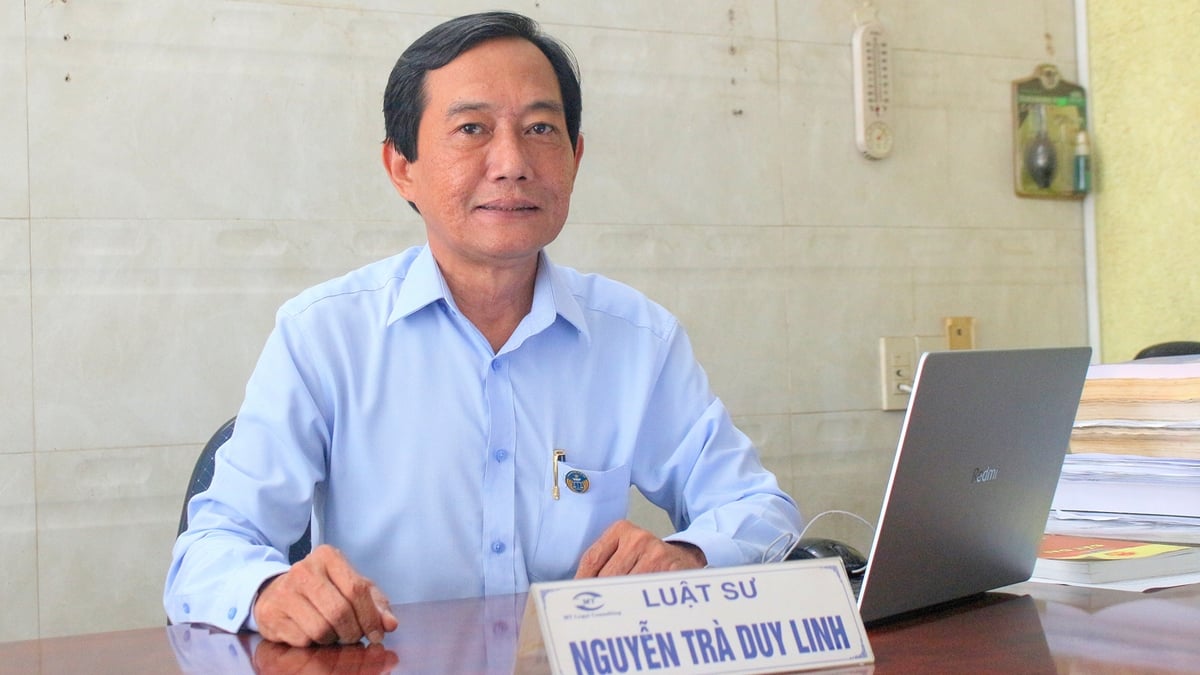
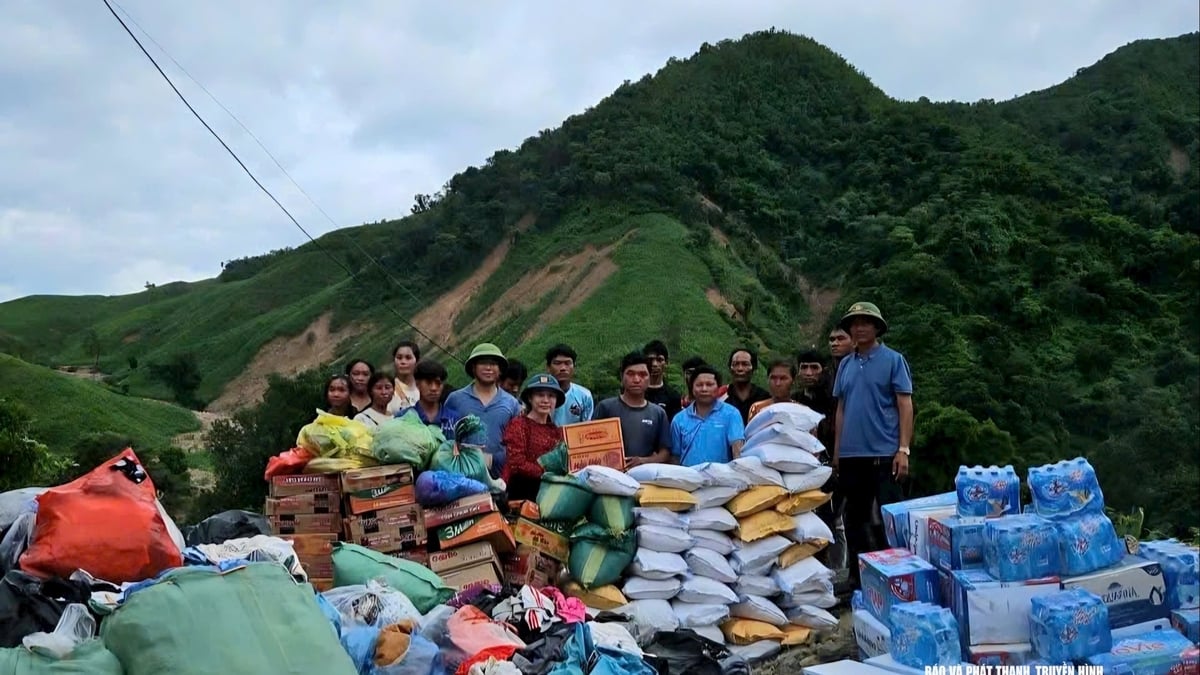
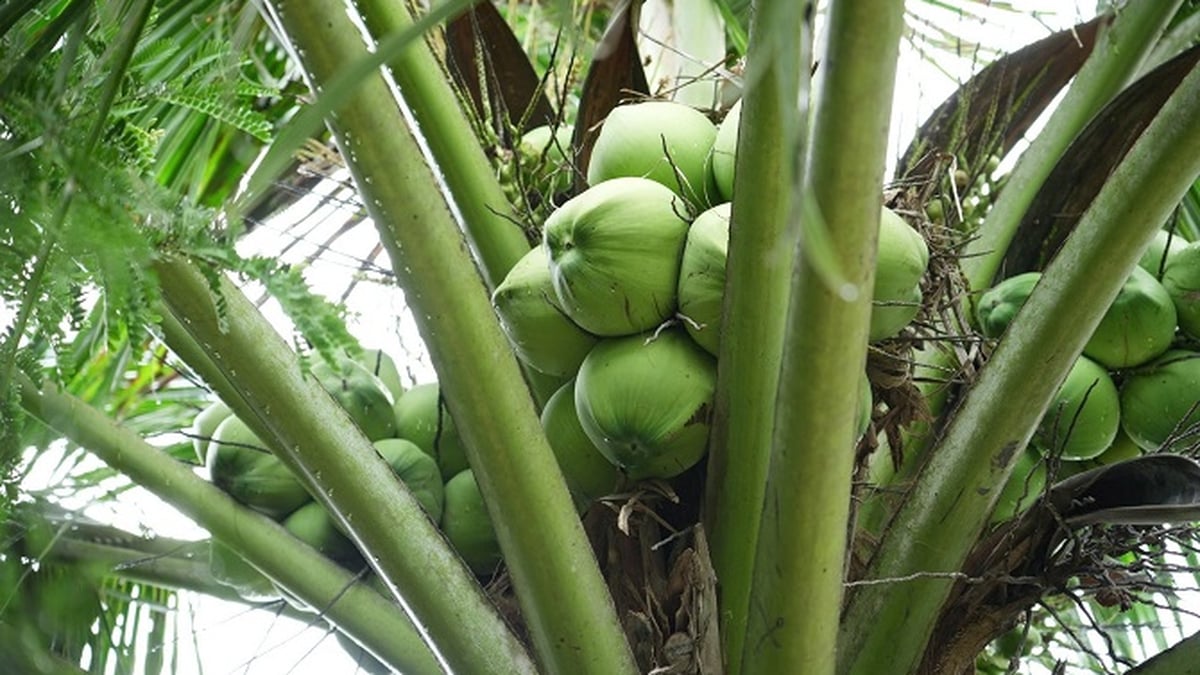
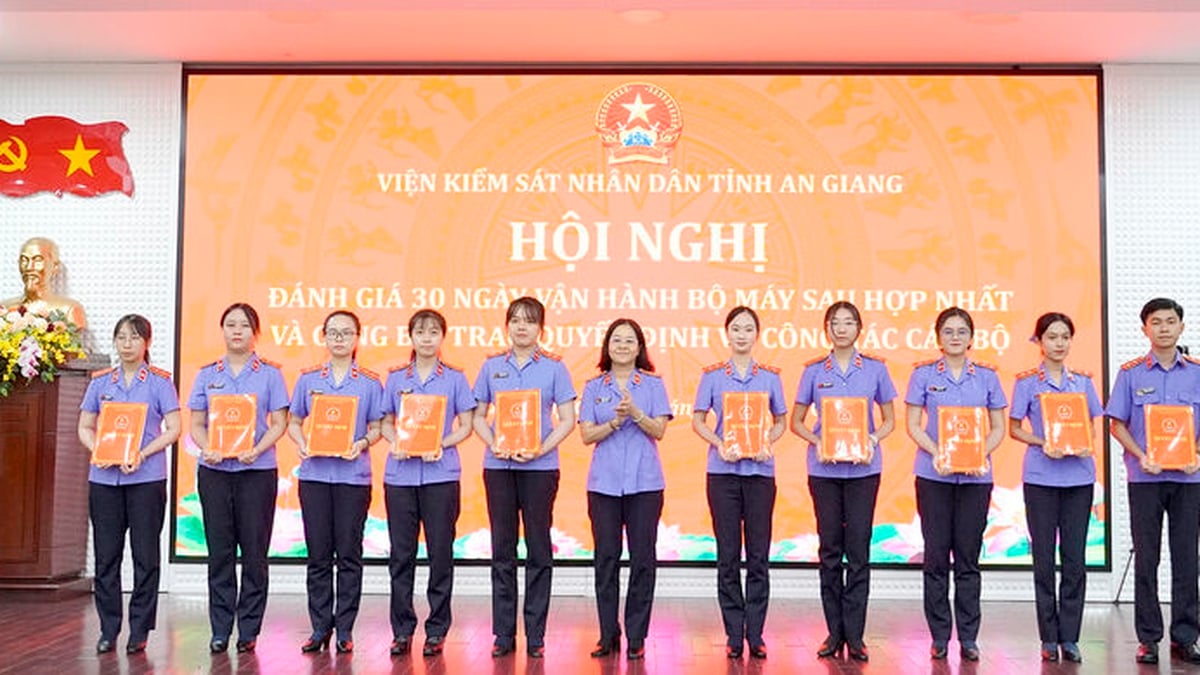





















































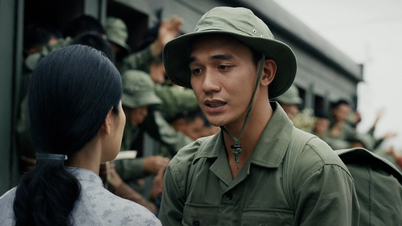

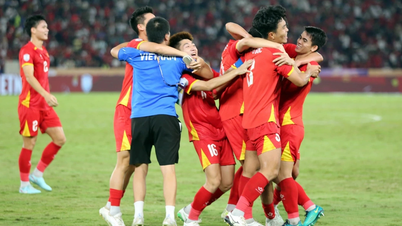


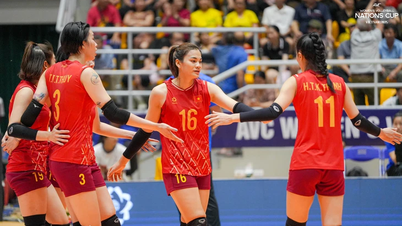
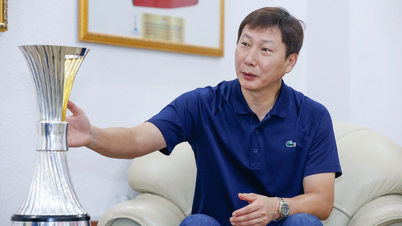




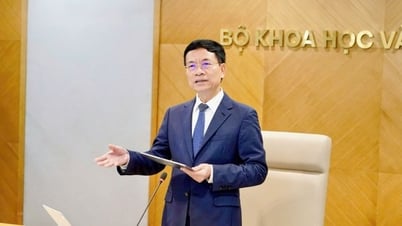


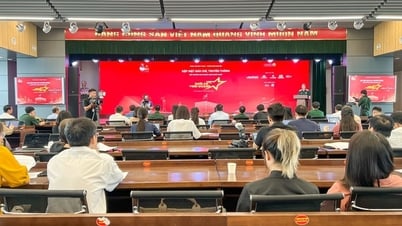
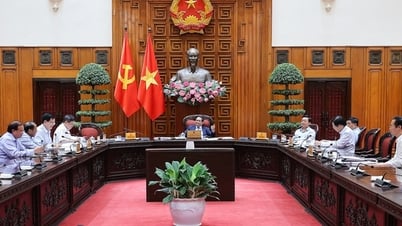






















Comment (0)